New Homestead Wildings and Adventures
In 2020 this property was full of discarded logs and tree tops from past logging operations. It had been logged three times that we could tell from records. The logs were stacked high enough we had to climb on them to view the entire acreage. Mixed among this mess was brambles and thistle. If you’ve ever had to try to walk through that kind of pokiness it isn’t fun. It was a mess. But we could see a diamond in the rough. We could see the new forest among an old growth one, the ponds, the sugar maples, the wild fruit, the flora and fauna. It could be regenerated and turned into a beautiful working homestead all while restoring the wilderness areas we wouldn’t be using.
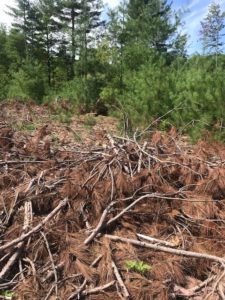
In September of 2020 we purchased it and started cleaning it up. We moved the piles and endless piles of dried tree tops, a fire hazard, we pushed, sawed, drug and piled them up and then covered
them in dirt and then planted them. Fast forward three years to 2023 and those piles have shrunk considerably and became home to many living things. They are also no longer a fire hazard, after two years of drought it is a relief to have them taken care of.
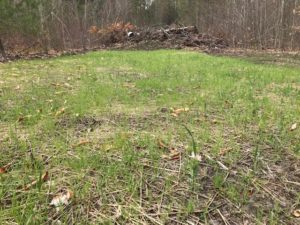
In 2021 and 2022 we planted grasses and grains in the paths that were cleared of logs. They have turned into green meadows now full of life and beauty. The winter rye we have planted has held back the brambles (This was something an old farmer told us) and help shade and improve the soil. It will be planted again this year. We did try winter wheat, buckwheat, daikon radish (we have some clay in spots) we haven’t gotten enough rain to sustain these crops as well. Maybe next year.
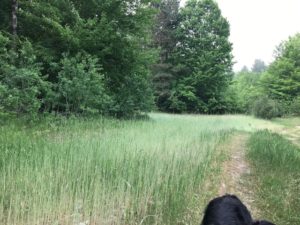
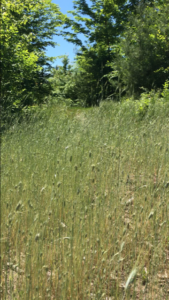
We continue to work on the soil so we can eventually farm and graze animals here. We are learning a lot while we do this. We are also getting into fantastic shape! One method we have used this year is called crimping. It’s a method many no till farmers use for cover crops. This method helps reduce erosion, heat on the soil, and mitigates the loss of nutrition bare soil can cause. We chose to do this because we don’t have a lot of equipment and we could just push the rye down with our small tractor bucket. We also chose to do this because our land is hilly and erosion can be a problem. You can also use a board to crimp grasses and just step on the board to flatten the grasses. This works well in smaller areas such as gardens where you use cover crops.
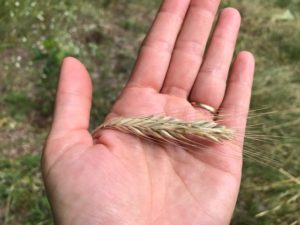
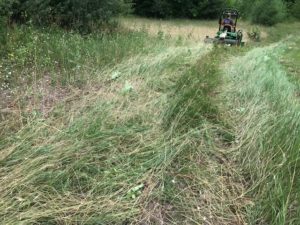
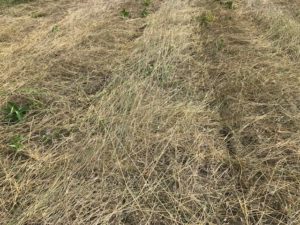
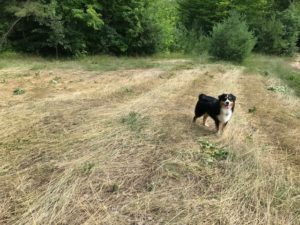
Stay tuned for more updates as we continue to build our permaculture paradise and make decisions.
Share On Social Media